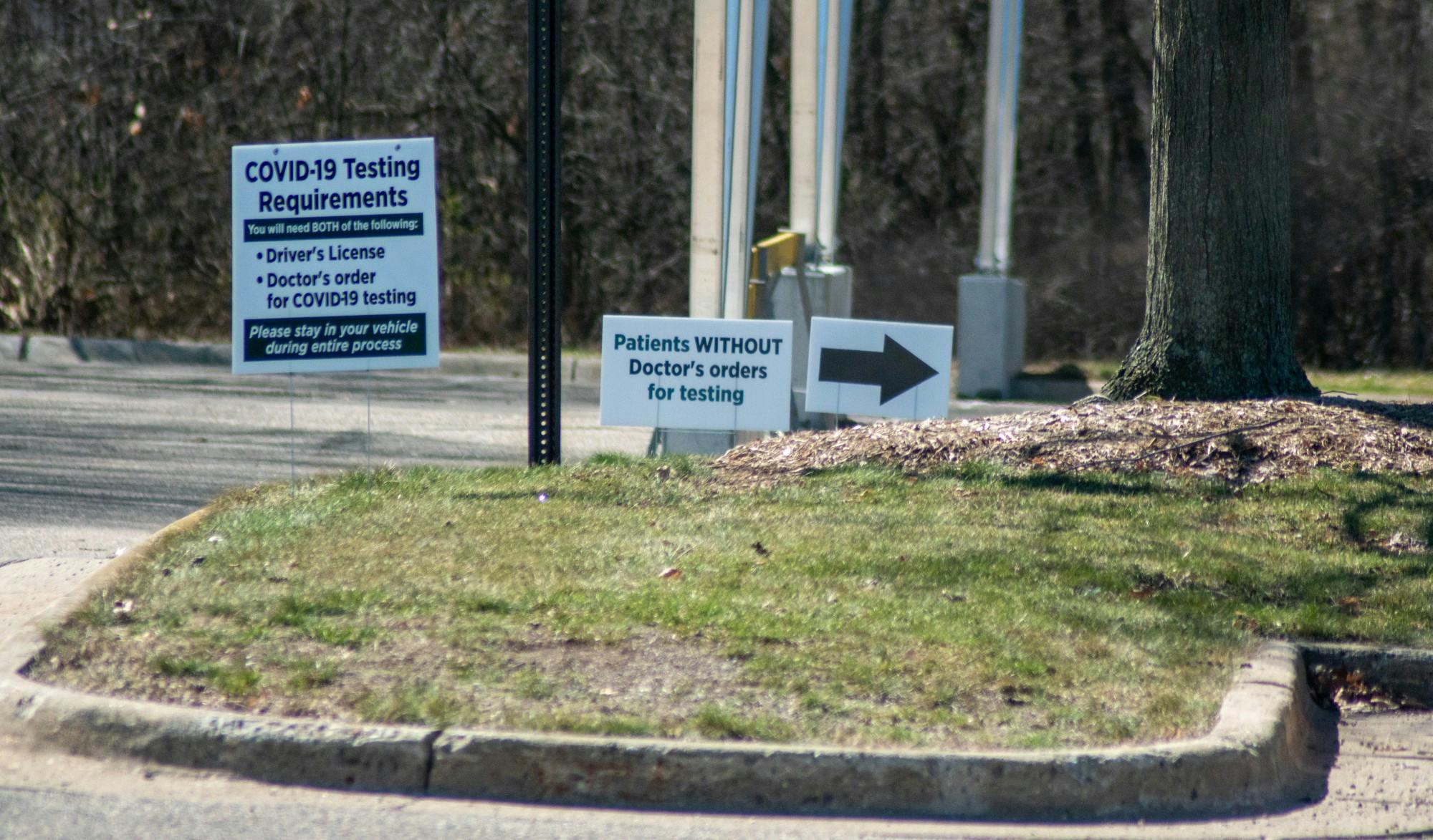Michigan House Republicans announced a data-driven COVID-19 response plan Tuesday counting on specific health data at the county level to guide local decision-making procedures.
According to the release, the goal is to give the people of Michigan more certainty on COVID-19 precautions that reflect conditions in local communities. They hope to rely on established safety measures and more specific health data to guide decisions to keep people safe and flatten the curve.
“The people of Michigan deserve a voice and demand certainty on the COVID-19 response in the communities,” the release states.
Public health officials would have the option to follow best practices in modifying their pandemic related policies at the county level, the release states. This includes limits on gathering sizes and restaurant capacity as long as the county meets the benchmarks set by the plan.
These health thresholds, as outlined in the order, include:
- A case rate below 55 cases per 1 million over a 14-day period.
- A positivity rate below 5% over a 14-day period, excluding state and federal inmates.
- Health care facilities able to manage a 20% surge in hospital admissions or patient transfers, and may not have experienced a 25% or higher hospitalization increase in the previous 14 days.
- Local hospitals have at least two weeks supply of PPE on hand.
- Local health departments have the ability to test 15 people per 10,000 residents per day with a results turnaround of three days or less.
The order states that if county data meets these established thresholds, the local public health officer may choose to modify restrictions. If data shows a rise above thresholds, intervention strategies may go into effect creating an ongoing incentive within the community to maintain safe practices.
In a media briefing Tuesday, Ingham County Health Officer addressed the plan, stating to her knowledge at this point in time, none of her colleagues had been involved in the creation of this plan.
“I don’t know what health or public health experts were involved in providing feedback, but it was not your 45 local health officers within the state of Michigan or our statewide association,” Vail said. “I have deep concerns over basically what we have asked for when the governor’s executive orders were voted by the Supreme Court to be unconstitutional … what we asked for was exactly the opposite — for the state to put into place a statewide plan, state wide orders, statewide capacity restrictions so that it didn’t become county by county.”
The plan, Vail said, looks as if they are saying they are going to start using science and metrics to make decisions, though that has been what is already in use. The MI Safe Start Map has many of the same metrics and thresholds which place counties into various risk levels, she said.
As of Oct. 17, Ingham County currently has 97.7 daily cases per 1 million residents with an average of 28.3 daily, according to the map. The county is currently a risk level "D," placing it in the second highest risk category.
“This isn’t new, this is just a change in all of them. I don’t see anything other than one bench mark as opposed to a graduation of benchmarks that’s not all in proposition,” Vail said.
Reports of hospitalizations and bed capacity are not always easy for health officers to obtain and measures of PPE supply can change very rapidly, Vail said. This only increases the need for the local health departments to constantly track those metrics rather than it being done on a state level.
Support student media!
Please consider donating to The State News and help fund the future of journalism.
Discussion
Share and discuss “House GOP announces COVID-19 response plan, Ingham County health officer responds” on social media.








